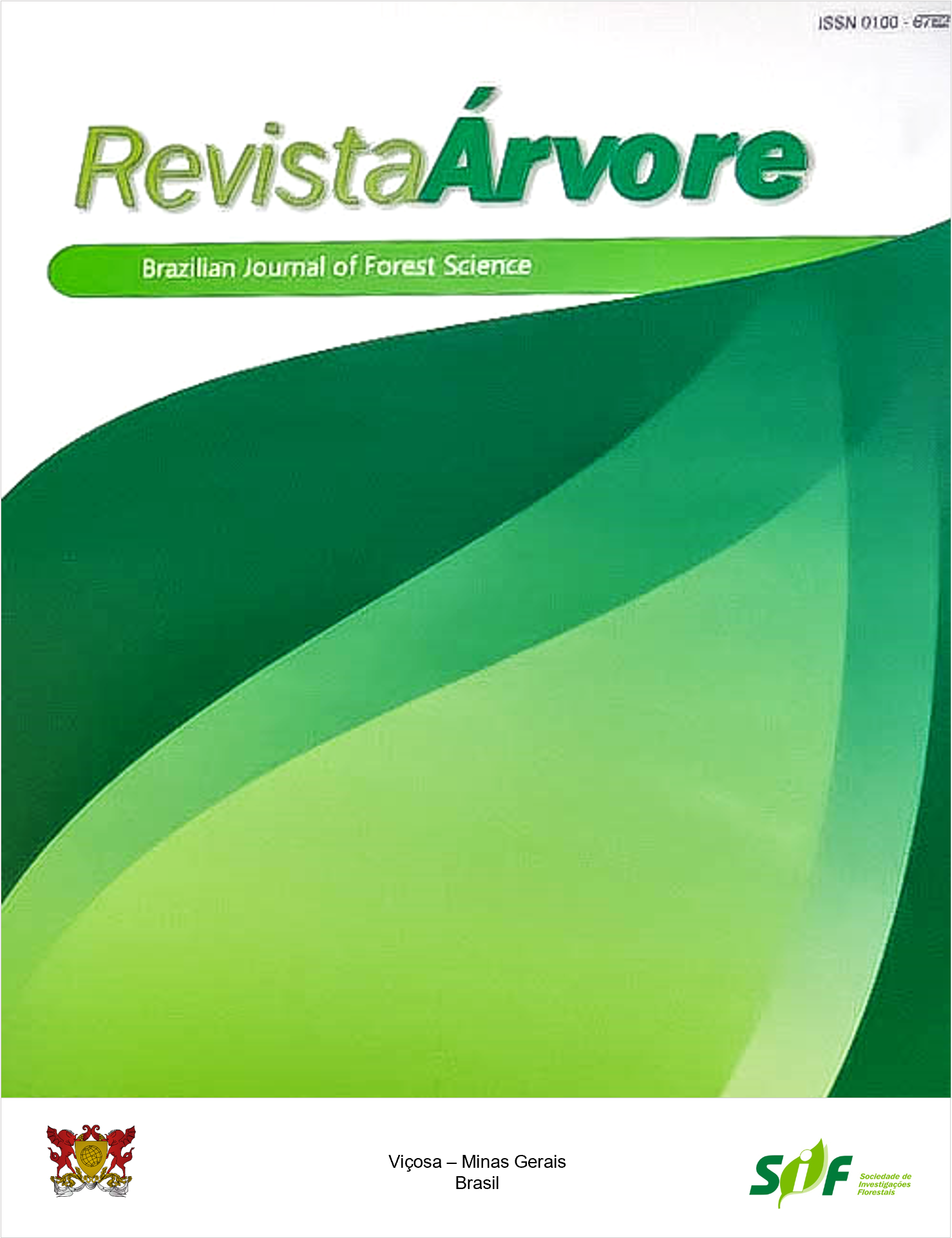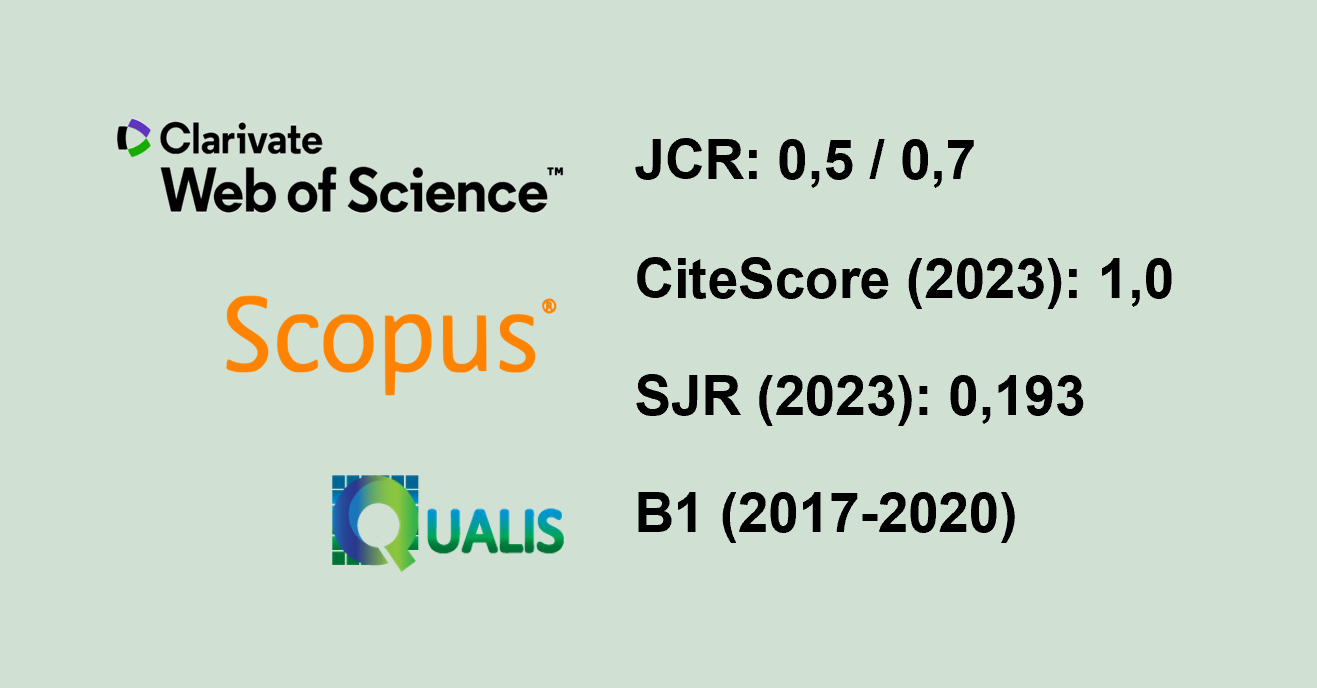SPECIES DISTRIBUTION MODELING IN FOREST PLANNING OF ANNUAL PRODUCTION UNITS IN THE SOUTHWEST AMAZONIA
Keywords:
Geotechnology, Maxent, Forest planningAbstract
The generally limited resources for forest management and the growing need of forest production regulation requires the optimization of planning approaches for the spatialization of annual production units (APU). An APU planning methodology for forest species of high wood value (Amburana acreana (Ducke) ACSm., Apuleia leiocarpa (Vogel) JF Macbr. and Castilla ulei Warb.) in management area was proposed, using prediction of potential distribution of these species with data from the occurrence of a census forest inventory. It was used sample inventory data simulated in three sampling systems (random, conglomerate systematic, and systematic) and sample intensities (0.5% and 0.8%). As predictive variables, it was used the altitude, vertical distance to the nearest drain, individual bands of the TM sensor on board the Landsat 5, and vegetation index by normalized difference. Eighteen models were obtained, six per species. The test area under the curve (AUC) of the models ranged from 0.517 to 0.804. For all species, the best predictive model was considered the conglomerate system with a sample intensity of 0.8%. Altitude was the predictor variable that most contributed to the models. The AUC values for the Amburana acreana models were significantly different from Apuleia leiocarpa and Castilla ulei (p = 0.0138). For species of lower density, it is recommended greater sampling intensity and sampling systems that provide better spatialization of occurrence records. The use of data from sampling forest inventories in different sampling systems is capable of predicting environmental suitability for forest species and helps to define APUs. Thus, it is possible to strenghten the exploration strategies and management planning of management areas and to contribute to the perpetuation of the activity in the unequal forests of the Amazon region.
Keywords: Geotechnology; Maxent; Forest planning
Downloads
Published
How to Cite
Issue
Section
License
Copyright (c) 2021 Revista Árvore

This work is licensed under a Creative Commons Attribution 4.0 International License.
All authors agreed to submit the work to Revista Árvore and granted the exclusive license to publish the article. The authors affirm that it is an original work and has not been previously published elsewhere. The scientific content and opinions expressed in the article are the sole responsibility of the authors and reflect their opinions, not necessarily representing the opinions of the editorial board of Revista Árvore or of the Society of Forest Investigations (SIF).




